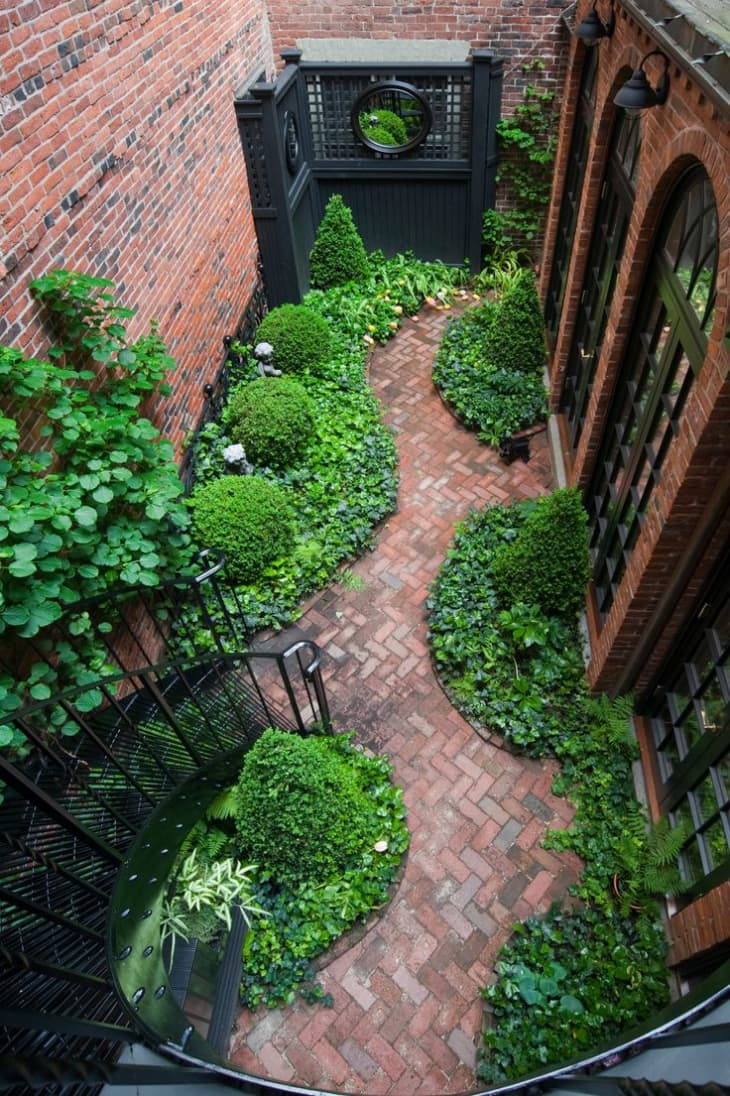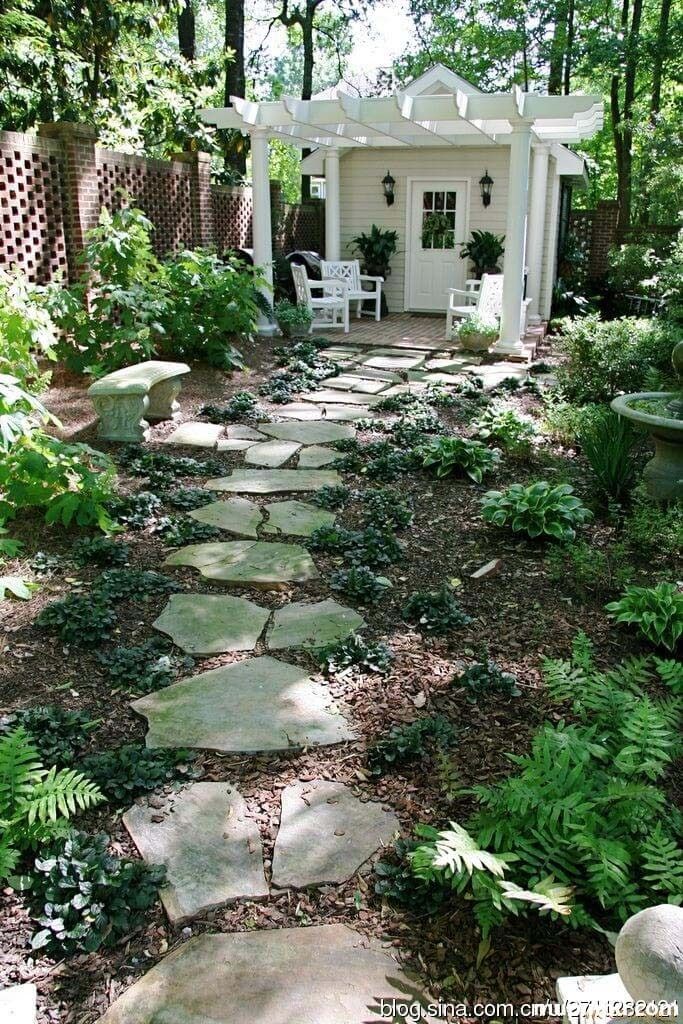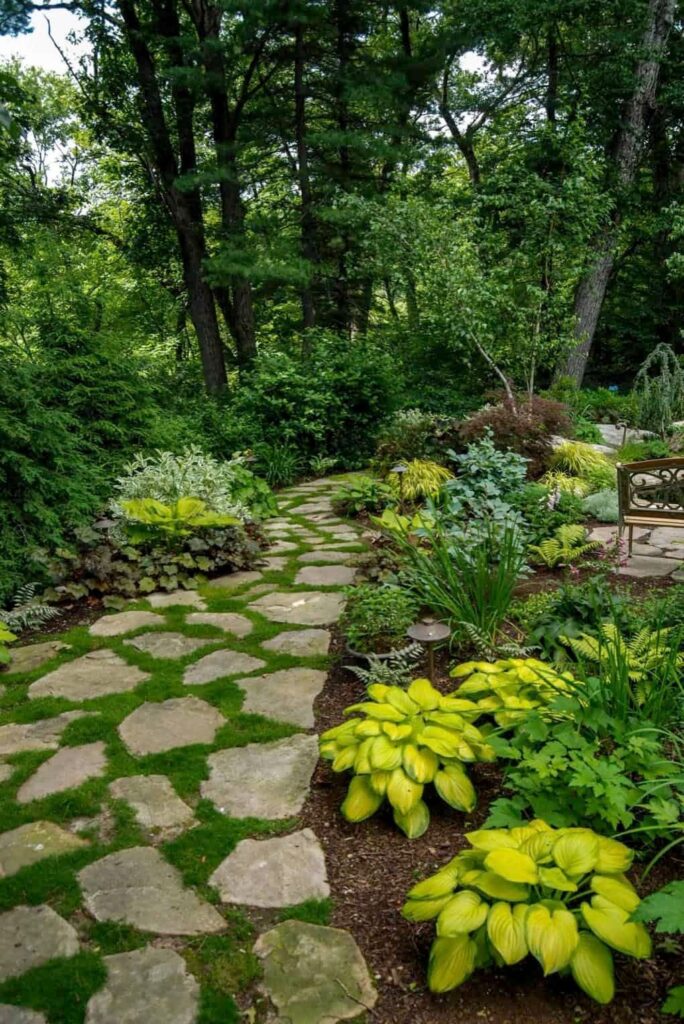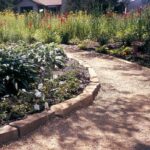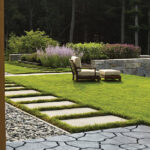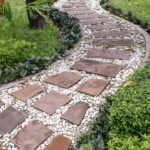Garden paths and walkways are a crucial element of any outdoor space, providing both practicality and beauty. These pathways not only guide visitors through the garden, but also enhance the overall aesthetic appeal of the landscape. With a myriad of materials and designs to choose from, creating a unique and inviting pathway is easier than ever.
One popular material for garden paths is natural stone, such as flagstone or limestone. These stones are not only durable and long-lasting, but also add a touch of rustic charm to any garden. Natural stone paths can be laid in a variety of patterns, from irregular shapes for a more casual look to straight lines for a more formal feel. They can also be mixed and matched with different types of stones for added visual interest.
For a more modern and streamlined look, consider using concrete pavers or bricks for your garden walkways. These materials come in a wide range of colors and styles, allowing you to create a custom look that complements the overall design of your garden. Concrete pavers are also easy to install and maintain, making them a practical choice for busy homeowners.
Another popular option for garden paths is gravel. Gravel pathways are not only affordable and easy to install, but they also add a touch of whimsy to the garden. Gravel paths can be bordered with bricks or pavers to create a defined edge, or left to blend seamlessly with the surrounding landscape. These pathways are a great choice for informal gardens or for areas with poor drainage.
If you’re looking to add a touch of romance to your garden, consider incorporating winding pathways lined with lush greenery. These meandering paths create a sense of mystery and intrigue, inviting visitors to explore the garden at their own pace. Planting flowers or shrubs along the edges of the pathway can further enhance the beauty of the space and create a sense of cohesion.
No matter what material or design you choose for your garden paths and walkways, it’s important to consider the overall layout and flow of your outdoor space. Paths should be strategically placed to connect different areas of the garden and guide visitors through the landscape. By carefully planning the placement and design of your pathways, you can create a welcoming and functional outdoor oasis that you’ll enjoy for years to come.
